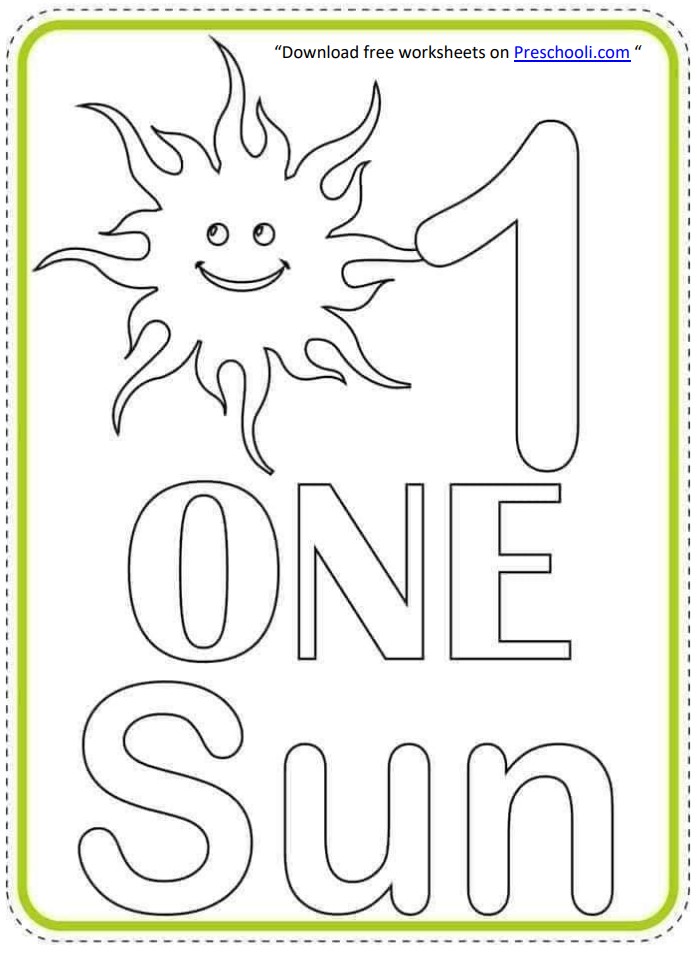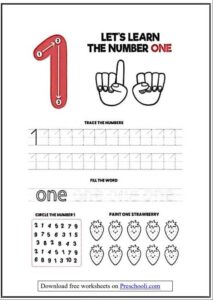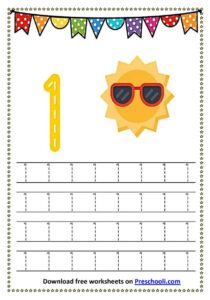The Colorful Side of Math Education: Transform Learning with Coloring Math Worksheets
Coloring Math Worksheets Shifting paradigms in education have brought about a wave of creativity in how we engage young learners. A seemingly unlikely pairing—math and coloring—has taken the educational sphere by storm, providing a fun and effective conduit for mastering the intricacies of mathematics. In this comprehensive guide, we explore the magical synergy of colors and numbers on worksheet pages, and how they can spell ‘fun’ while equipping students with foundational math skills.
The Psychology of Color on Young Minds
Before delving into the vibrant world of coloring math worksheets, it’s pivotal to understand why this fusion resonates so well with our budding mathematicians. The psychology of color is a powerful influencer in learning patterns. Bright, diverse colors can foster better concentration, memory retention, and improve mood—essential elements in effective teaching and learning.
Blue – The Color of Tranquility and Focus
Blue, a color often associated with calm and serenity, can aid in maintaining focus on complex problems. When employed in math worksheets, it’s the hue of choice for intricate patterns and high-order thinking exercises.
Red – The Catalyst of Energy
For areas in need of a push, red can infuse a sense of urgency and excitement. In math, particularly when highlighting key figures or mathematical operators, using red can draw attention and invigorate problem-solving.
Green – Balancing Act of Learning
Symbolic of growth and harmony, green can be beneficial when introducing new concepts or in conjunction with blue for well-rounded worked problems. Its presence is known to reduce anxiety and enhance understanding, making it a vital addition to any educational palette.
Integrating Coloring into the Curriculum
With a firm grasp of color psychology, the integration of coloring math worksheets into curriculum planning becomes a strategic pedagogical decision. From kindergarten to elementary levels, the benefits are boundless.
Early Math – The Building Blocks
For the little ones just setting out on their math learning voyage, coloring is not just a pastime; it’s a foundational tool. Shapes, patterns, and basic arithmetic concepts become engaging puzzles to solve with colors that grow their cognitive and fine motor skills.
Addition Adventure Worksheets
Simple addition worksheets featuring color-by-number themes can turn the task of learning to add into an adventure. A correct sum reveals a rainbow or a rosette — instant visual affirmation of their newly acquired skill.
Subtraction Stories Diagrams
Using color to illustrate subtraction ‘story problems’ is both informative and entertaining. Seeing the ‘taking away’ process clearly demarcated in shades of their choice helps children comprehend the function of subtraction with simplicity.
Intermediate Math – The Transition
Intermediate math takes young learners into more advanced territory. Coloring math worksheets collaborate with multifaceted problems and multifaceted colors to make the transition smooth and enjoyable.
Multiplication Masterpieces
Multi-digit multiplication can be intimidating, but not when it’s the canvas for a hidden picture—requiring precision, organization, and a full spectrum of colors to reveal a surprise image.
Division Doodles
Long division is often dreaded, yet segmented coloring in varying hues breaks down the process visually. With each color assigned to a quotient, students can visually track their progress and witness the mystery picture emerge.
Advanced Math – The Full Spectrum
Even advanced mathematical concepts aren’t immune to the allure of coloring. Graphs, charts, and complex equations benefit from a dash of color that transcends age and complexity.
Algebra Abstracts
Coloring math worksheets for algebra bring life to the abstractions of letters and symbols. Color patterns can help to identify and solve patterns, making ‘x’s easily findable and ‘y’s visually predictable
Geometry – Where Form Meets Function
Geometry and color are a natural fit; the properties of shapes and their relationships become evident when highlighted. From perimeter and areas shaded with hues, to angles illustrated with precision, color enhances understanding.
Beyond the Classroom – Homework, Enrichment, and More
The utility of coloring math worksheets does not end when the school bell rings. They are valuable for homework, enrichment, and even relaxation—doubling as a tool for reinforcing learning and an activity for leisure.
Take-Home Concepts
Supplementing take-home assignments with coloring math worksheets can encourage further practice without feeling like traditional ‘homework.’ Parents can monitor progress as children work through these tasks, and a fun feedback mechanism for correct answers instills a sense of achievement.
Enrichment and Remediation
For those needing extra help or those ready for a challenge, coloring math worksheets can be tailored. Enrichment materials can incorporate complex color-by-number schemes, fostering differentiation within a single assignment. Similarly, remediation can harness a limited palette to highlight specific areas needing improvement, making the review process less daunting.
Relaxation and Convergence
Lastly, the role of coloring math worksheets goes beyond learning; it is an activity that can stand on its own. For students who find traditional relaxation methods difficult, coloring as a form of meditation can prove invaluable. The convergence of creative expression with problem-solving ingrains a sense of balance in approaching tasks and life, making this an indispensable wellness resource.
Designing Effective Coloring Math Worksheets
The success of coloring math worksheets rests not just on the integration of colors, but on their design. Each sheet must be carefully crafted to ensure learning objectives are met without sacrificing the vibrancy and appeal that colors bring.
Clarity and Contrasts
Elements on the page must be clear, with sufficient contrast for text and numbers. This ensures that the focus remains on the mathematical content and not just the final aesthetic.
Progression in Complexity
Worksheets should be progressive in complexity, introducing or reinforcing a targeted set of skills. The evolution of color usage from simple shading to multi-step applications should mirror this learning trajectory.
Feedback and Fun
Incorporating gamification elements such as rewards and feedback mechanisms heightens the enjoyment. Hidden pictures, riddles, and the surprise reveal of ‘math art’ create anticipation and fun in assessing one’s work.
The Role of Technology in Coloring Math
In an increasingly digital world, technology has made its mark on the coloring math revolution. Educational apps and online platforms bring convenience and innovation to the table.
Interactive Learning
Interactive coloring math apps offer dynamic learning experiences where colors are not just tools of expression, but serve as interactive elements. Tapping or dragging colors to the right areas to solve equations or complete patterns fosters engagement in a way traditional media cannot.
Customization and Collaboration
Technology also enables customization down to each student’s learning level. Worksheets can adjust difficulty on the fly, or parents and teachers can curate worksheets to tailor learning. Collaboration between students is also facilitated, where they can share their digital ‘masterpieces’ and learn from each other.
Conclusion
Coloring math worksheets represent a new dawn of creativity and innovation in the teaching of mathematics. They lean on the universal appeal of color to engage students across age groups and skill levels. By capitalizing on the psychological benefits of color in education, these worksheets forge a holistic learning experience that is both entertaining and effective.
For educators and parents seeking to enrich their approach to math education, coloring math worksheets stand as a testament to the power of color and creativity. Through strategic integration and careful design, these worksheets can enhance curricula, support learners at every stage, and foster a lifelong love for the colorful world of mathematics
Join our Facebook Group



